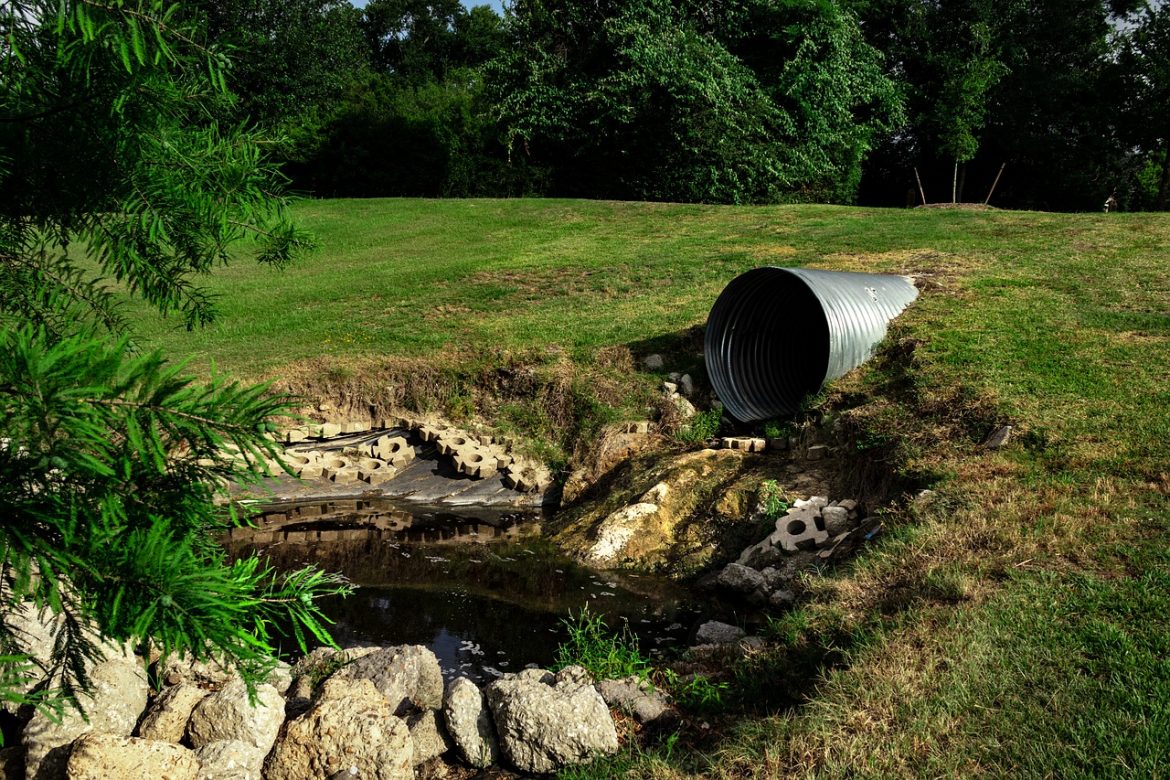Jakie szambo wybrać dla gospodarstw domowych, niemających dostępu do ogólnej sieci kanalizacyjnej? Właściciele posesji stają przed wyborem: szambo betonowe, plastikowe, czy szczelne szambo ekologiczne. Podpowiadamy, którą opcję wybrać.
Jakie szambo wybrać – ale co to właściwie jest?
Szambo to bezodpływowy zbiornik, którego zadaniem jest gromadzenie ciekłych nieczystości, czyli ścieków. Fekalia muszą być odprowadzane z każdego budynku mieszkalnego. Zdarza się jednakże, iż nie każde domostwo ma połączenie z siecią kanalizacyjną. W takich przypadkach stosować można przydomową oczyszczalnię ścieków. Można też właśnie szambo, które jest uważane za rozwiązanie prostsze i tańsze.
Podjąwszy decyzję o tym, jakie szambo wybrać na swoją posesję, najkorzystniej podjąć odpowiednie zamysły i działania jeszcze na etapie projektu domu i planu działki. Wiąże się to z ustaleniem miejsca, w którym będzie mieściło się szambo. Bardzo istotnym aspektem przy wyborze i zakupie szamba jest jego idealna szczelność, co zawsze potwierdza odpowiedni certyfikat. Na etapie projektowania domu i zagospodarowania swojej posesji należy wiedzieć także o tym, że budowa szamba o pojemności do 10 m3 nie wymaga pozwolenia na budowę. Wystarczy jedynie zgłosić fakt budowy do stosownego urzędu, jakim zwykle jest starostwo powiatowe.
Rodzaje szamba – jakie szambo wybrać dla swojej posesji?
Na rynku dostępnych jest kilka rodzajów szamb:
- betonowe,
- z tworzyw sztucznych,
- ekologiczne.
Szamba betonowe to rozwiązanie występujące na rynku od wielu lat. Kiedyś było najczęściej budowane z betonowych kręgów. Dziś szamba betonowe są dostępne w sprzedaży jako gotowe prefabrykaty. Nie powinno stanowić problemu, jakie szambo wybrać np. na szamba betonowe jedno-, dwu-, trzy- czy wielokomorowe. Są one na tyle ciężkie, że nie ma problemu z ich zakotwieniem. Komplikację może stanowić dopiero ich usunięcie. Dzieje się tak, gdy do naszej działki doprowadzona zostanie kanalizacja.
Szamba plastikowe są lekkie i łatwe w montażu. Nie są jednak środkiem idealnym – w ich przypadku kłopot może sprawiać wypychanie ich na powierzchnię przez wody gruntowe, gdy pojemniki są puste. Rozwiązanie to może okazać się szczególnie problematyczne zwłaszcza na terenach o wysoko zalegających wodach gruntowych. Pamiętajmy, że zarówno szamba betonowe, jak i plastikowe trzeba regularnie opróżniać.
Bardzo dobrym i zyskującym popularność rozwiązaniem są szamba ekologiczne, które mają w rzeczywistości formę małych oczyszczalni ścieków na terenie posesji. Szamba ekologiczne posiadają do wstępnego oczyszczania ścieków (inaczej osadnika wstępnego). Posiadają też przewody perforowane, które odprowadzają ścieki w gruncie działki. Dzięki temu szambo ekologiczne nie musi być tak często opróżniane, jak szambo betonowe, czy plastikowe.
Aby zastosować na swojej posesji szambo ekologiczne i połączyć je z domową instalacją kanalizacyjną, przydadzą się takie profesjonalne produkty, jak osadniki gnilne (osadnik gnilny 2000l czy osadnik gnilny 3000l), rury kanalizacyjne lub różne kształtki kanalizacyjne zewnętrzne (kolano, redukcja).
Co jeszcze warto wiedzieć o szambie?
Planując szambo na swojej posesji, należy wziąć pod uwagę rodzaj gruntu domu lub działki. Szamba nie powinno się budować w miejscach podlegających ochronie środowiskowej, na obszarach narażonych na zalanie i powodzie (w szczególności w zagłębieniach terenu). Szambo montuje się na obszarze dostępnym komunikacyjnie. Tam, bez przeszkód dotrze samochód, który opróżni szambo. W razie problemów sprawdzonym rozwiązaniem jest użycie przewodu do opróżniania, który posiada na swoim końcowym odcinku specjalne, zamontowane w ogrodzeniu posesji, złącze.
Współczesne pojemniki na szambo są szczelne, jednakże mimo to należy zachować określone odległości. Szambo powinno być oddalone od studni głębinowej przynajmniej o 15 m. Odległość od ulicy lub działki sąsiada powinna wynosić przynajmniej 2 m. Wyjątek stanowi wzajemne porozumienie z sąsiadem, aby zbiorniki z obydwu działek znajdowały się bezpośrednio przy granicy. Szambo musi też być oddalone od okien i drzwi pomieszczeń mieszkalnych przynajmniej o 5 m.
Z tym, jakie szambo wybrać nie powinni mieć problemu ci, którzy mają poważne problemy z brakiem dostępności do ogólnej sieci kanalizacyjnej. Szambo ekologiczne jest nie tylko przyjazne dla środowiska, ale także nowoczesne i wygodne.
O wszystkich wadach i zaletach poszczególnych rodzajów szamb przeczytasz w osobnym artykule.
